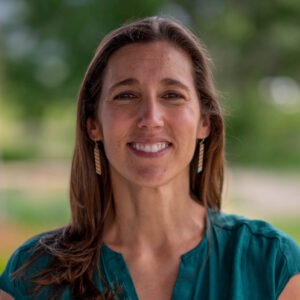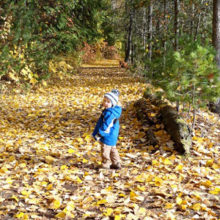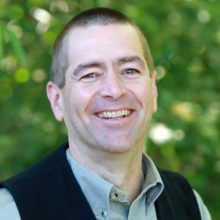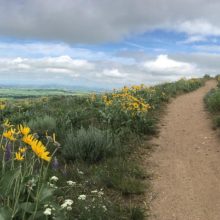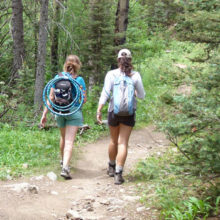Trails are good for people.
Walking, running, biking, and strolling on trails improves physical health, mental health, and factors that are harder to measure such as social connection and community identity.
Safe, walkable trails, however, often are less less available to the populations that need them the most.
The health and social benefits of trails are not equally available to everyone. Access to trails varies considerably by race, income, and ethnicity. Compounding the problem, race and ethnicity are strongly correlated with disparities in health, exposure to environmental pollution, and vulnerability to natural hazards.
Residents living in low-income neighborhoods tend to have worse physical and mental health—such as asthma, depression, diabetes, heart conditions, and emotional stress—than residents in higher income areas.
Headwaters Economics is determined to better understand what underserved groups most need to share the benefits of community trails.
Finding Solutions in Taos, New Mexico
Headwaters Economics recently studied the communities surrounding Taos, New Mexico to better understand who uses trails and how to make trails more central to community life.
Interactive: Ethnicity and Access to Trails in Taos Area
This research found that Hispanic and low-income respondents were much less likely to have trails and paths within easy walking distance and much less likely to have bike or pedestrian infrastructure like sidewalks or wide shoulders near their homes (see interactive).
Proximity to trails was strongly associated with trail use among low-income residents.
For example, low-income residents who lived within a 10-minute walk of trails were 82 percent more likely than residents living more than a 10-minute walk to have used trails in the previous year.
This strong connection between closer trails and greater use may be attributable to lower income residents having less leisure time or not having access to a vehicle. Improving trail access in lower-income neighborhoods, such as building trail connections or adding sidewalks or bike lands, could help achieve significant gains in trail use and physical activity.
Hispanic respondents identified several factors that would likely increase their trail use: trails closer to where they live, trail-based programs for kids, and hospital- or doctor-sponsored wellness programs such as prescribed exercise.
The survey also revealed that Hispanic residents are less likely to know whether there are trails within easy walking distance, suggesting a need for outreach programs targeting the Hispanic community.
Other research supports our Taos survey results and has shown that the closer people live to trails, the more they use them.
Building a trail near where people live can increase how much they exercise and improve residents’ health. When nearby parks or trails are not used by residents, it’s also important to understand why. Transportation infrastructure and outreach investments can be prioritized with an eye to improving equity across race, ethnicity, and income.
Headwaters Economics’ findings are being used by the Taos Land Trust, city and county governments, and the Trust for Public Land to support a county-wide process to develop a Master Trails Plan, prioritize investments, and target outreach and programming.
The recent trails user study in Taos also revealed support among Hispanic residents for innovative programs like Prescription Trails that provides information to health care professionals so they can prescribe walking and wheelchair-rolling on designated trails.
As communities prioritize investments in infrastructure, programming, and outreach, they can incorporate social justice considerations of race, ethnicity, and poverty to ensure that the benefits from these investments reach the people who need them most.
